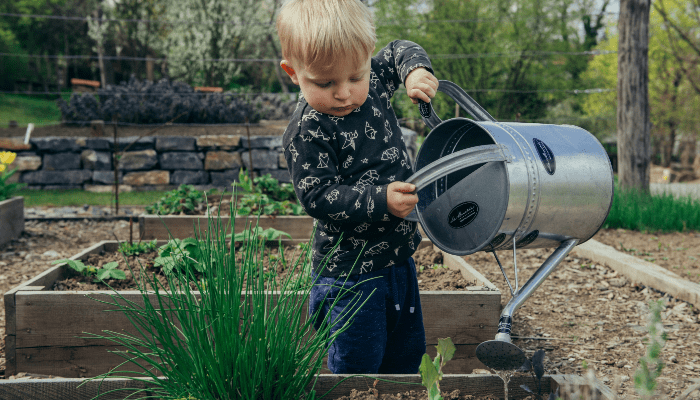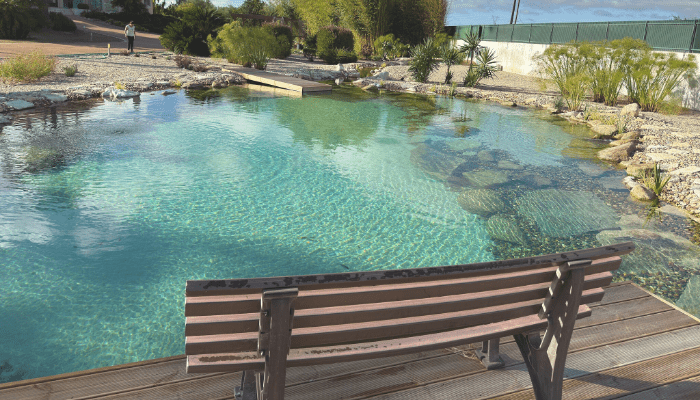Key Takeaways
Gardening is both practical and transformative, it’s about cultivating plants and building patience, observation skills, and a deeper connection to nature.
A successful garden starts with the right location, healthy soil, proper sunlight, and plants suited to your climate and time commitment.
Different garden types (vegetable, flower, herb, container, native) have unique needs, so choose one that aligns with your space and interests.
Core techniques like proper spacing, mulching, crop rotation, and regular maintenance set the foundation for healthy growth and fewer problems.
Sustainable practices include composting, harvesting rainwater, using native plants, and avoiding harsh chemicals which help your garden thrive naturally.
Common issues like pests, diseases, or poor blooms often have simple fixes once you observe and adjust soil, water, and plant care.
Beginner‑friendly plants such as lettuce, tomatoes, strawberries, marigolds, and lavender offer easy wins that build confidence as you expand your garden.
Gardening is a journey. Start small, learn from setbacks, and enjoy the process of watching your space (and your skills) flourish.
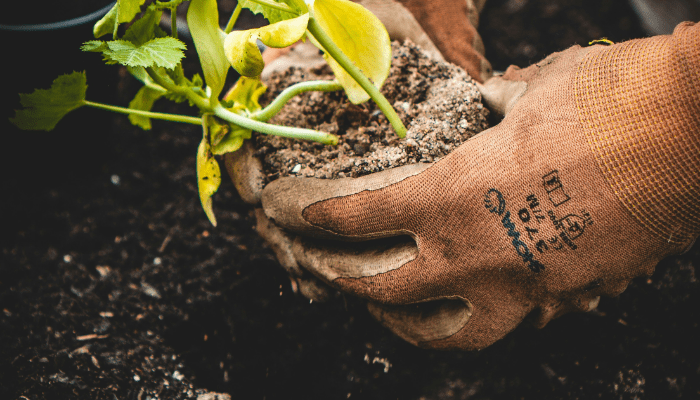
Voltaire once said, “We must cultivate our garden.” He meant it metaphorically, but let’s take it literally. Because in a world of screens, stress, and concrete, gardening is a quiet revolution.
It’s more than just planting seeds. It’s problem-solving, patience, and planning. It’s science and art, all wrapped up in dirt-covered hands. And it’s a skill worth mastering, `whether you want to grow your own food, create a pollinator paradise, or just have a green space that makes your neighbors jealous.
Here’s the thing: gardening isn’t hard, but it is easy to get wrong. Water too much, and plants drown. Water too little, and they shrivel up. Pick the wrong plants for your climate, and you might as well be throwing money into the compost pile.
But when you get it right? It’s magic. Fresh vegetables from your backyard. Flowers that bloom effortlessly. A garden that thrives with minimal effort because you built it the right way from the start.
This guide covers everything from choosing the right plants to keeping them alive, troubleshooting common mistakes, and turning your garden into an ecosystem that works with nature, not against it.
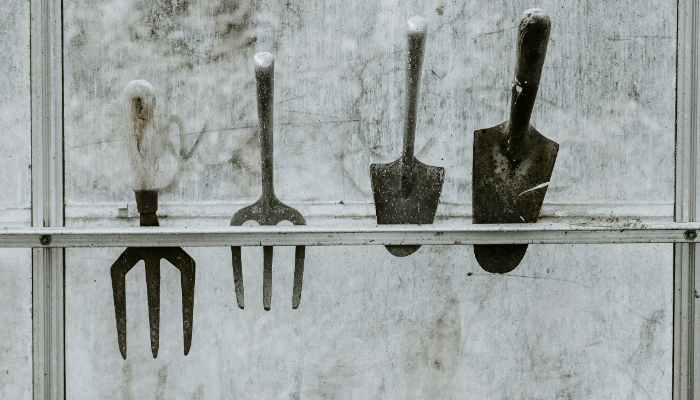
Gardening Basics: What You Need to Know
Gardening isn’t just about sticking plants in the ground and hoping for the best. It’s about understanding how plants grow, what they need, and how to create the right conditions for them to thrive.
First, let’s get one thing straight: gardening doesn’t require a huge backyard. You can garden anywhere, with a few pots on a balcony, a raised bed in a small yard, or even an indoor hydroponic setup. The key is knowing what kind of garden you want and how much time you’re willing to commit.
There are several types of gardening, each with its own benefits:
- Vegetable gardens for fresh, homegrown food.
- Flower gardens to add beauty, color, and attract pollinators.
- Herb gardens for culinary and medicinal plants.
- Container gardens for small spaces.
- Native gardens to support local ecosystems.
Start with what excites you. If you love cooking, grow herbs. If you want to cut grocery costs, plant vegetables. If you just want something beautiful to look at, focus on flowers.
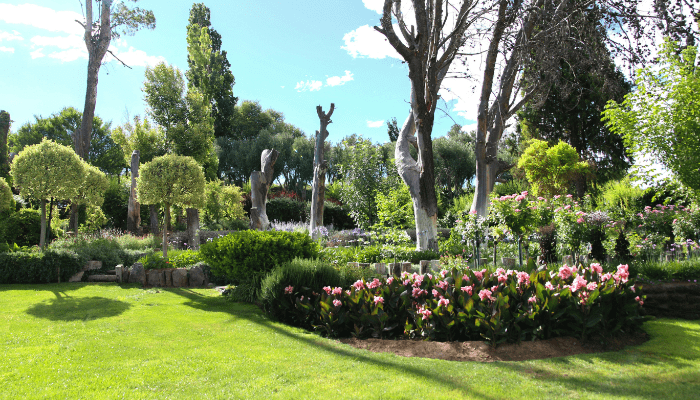
How to Start a Garden from Scratch
A successful garden begins with the right location. Plants don’t ask for much, but they do need proper sunlight, good soil, and reliable drainage.
Step 1: Pick the Right Spot
- Most vegetables and flowers need at least 6-8 hours of direct sunlight per day.
- Shade-loving plants, like ferns and hostas, will do better in partial or full shade.
- Water access is key. If you have to haul a watering can across the yard every day, you’ll get tired of it fast.
Step 2: Prepare the Soil
- Test it first. Many plants won’t thrive if the soil is too acidic or alkaline.
- Improve it. Adding compost or organic matter can dramatically improve poor soil.
- Loosen it up. Plants struggle in compacted dirt. Break it up so roots can spread easily.
Step 3: Choose the Right Plants
- Pick plants suited to your climate. No matter how much you love banana trees, they won’t survive in a cold climate.
- Start with hardy, beginner-friendly plants. Tomatoes, basil, marigolds, and succulents are great choices for new gardeners.
- Consider your time commitment. If you travel often, choose drought-resistant plants that don’t require constant attention.
Step 4: Get the Right Tools
Gardening is easier with the right equipment. Start with the basics:
- A hand trowel for planting.
- A hose or watering can for hydration.
- A pruning shears for trimming.
- A hoe or rake for soil prep.
You don’t need fancy gadgets. Simple, durable tools will do the job.
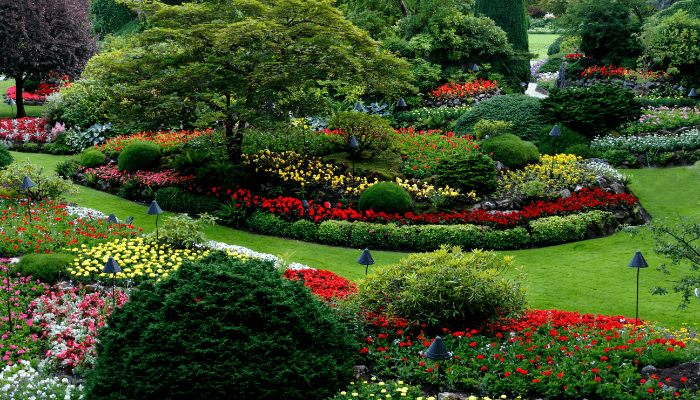
Types of Gardens and Their Unique Needs
Not all gardens are created equal. Each type has its own challenges and rewards.
Vegetable Gardens
Nothing beats eating food you’ve grown yourself. Start small with easy-to-grow vegetables like lettuce, carrots, and radishes. Raised beds help with soil drainage and weed control.
Flower Gardens
If you want a burst of color in your yard, choose flowers that bloom in different seasons. Daffodils and tulips in spring, sunflowers in summer, chrysanthemums in fall.
Herb Gardens
Want fresh basil for your pasta? Mint for your tea? Herbs are some of the easiest plants to grow, and they thrive in containers or garden beds. Just be careful with mint, it spreads aggressively.
Container Gardens
No yard? No problem. You can grow just about anything in a pot. The key is choosing the right container size and ensuring good drainage. Tomatoes, peppers, and herbs thrive in pots.
Raised Bed Gardens
Raised beds offer better control over soil quality, fewer weeds, and improved drainage. They also warm up faster in spring, giving you a head start on planting.
Native & Wildlife Gardens
If you want to support local pollinators and birds, go with native plants. They require less maintenance and waterbecause they’re already adapted to your environment.
Planting and Growing Techniques
Gardening isn’t just about digging holes and dropping seeds. It’s about understanding how plants grow and what they need.
Direct seeding vs. transplanting – Some plants grow best when you plant seeds directly (carrots, beans), while others thrive as seedlings (tomatoes, peppers).
Spacing matters – Crowded plants compete for light and nutrients. Follow spacing recommendations on seed packets.
Mulching – A layer of mulch helps retain moisture, prevent weeds, and regulate soil temperature.
Crop rotation – If you plant tomatoes in the same spot every year, you’re inviting pests and diseases. Rotate crops to keep soil healthy.
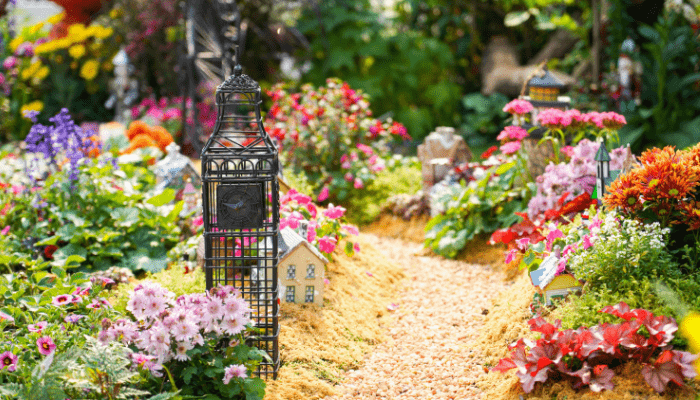
Essential Garden Maintenance Tips
Keeping plants alive requires a little effort, but it doesn’t have to be overwhelming.
Water wisely – Early morning is best. Water deeply, not frequently, to encourage strong roots.
Control weeds – Weeds steal nutrients and space. Pull them early before they take over.
Prune regularly – Trim dead or overgrown branches to encourage new growth.
Observe your plants – Yellowing leaves? Wilting? Plants tell you what they need.
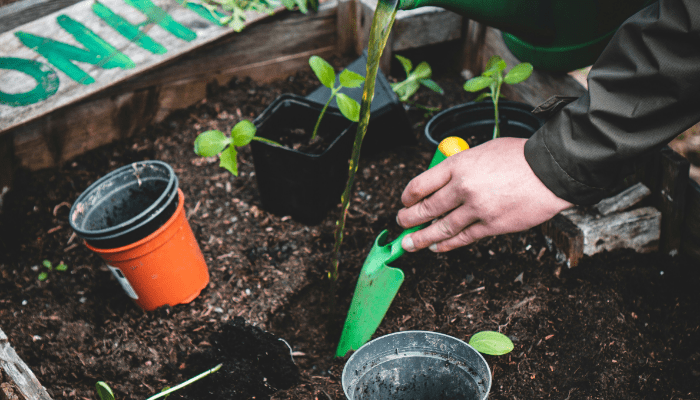
Pest & Disease Management
Pests happen. But you don’t need to douse your garden in chemicals to keep them away.
Aphids? Blast them off with water or introduce ladybugs.
Caterpillars eating your kale? Hand-pick them off or use row covers.
Fungal disease? Avoid watering leaves and space plants properly for good airflow.
Healthy soil and proper plant care are the best natural defense against pests and diseases.
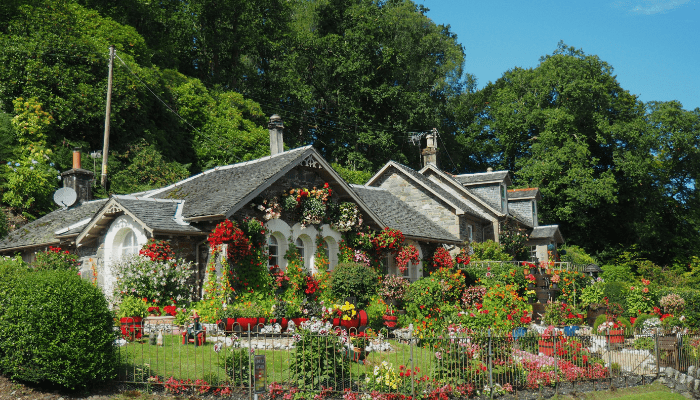
Gardening for Sustainability & Eco-Friendly Practices
A garden should work with nature, not against it.
Compost your food scraps. It enriches soil and reduces landfill waste.
Harvest rainwater. Save money and conserve water with rain barrels.
Grow native plants. They need less water, attract pollinators, and support local ecosystems.
Ditch chemical fertilizers. Use compost, manure, or organic fertilizers instead.
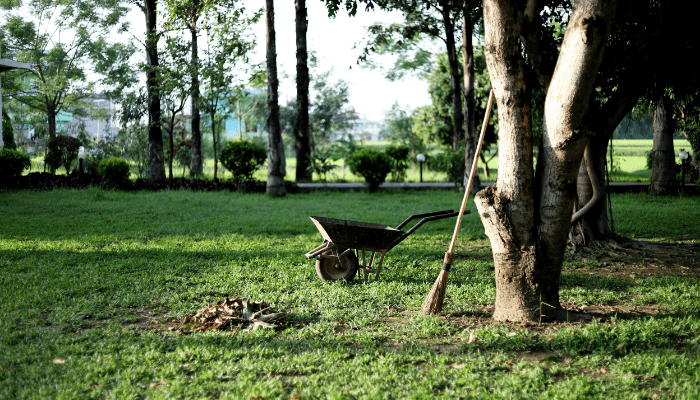
Advanced Gardening Techniques
Once you’ve got the basics down, try leveling up.
Hydroponics & Aquaponics – Grow plants without soil.
Vertical Gardening – Perfect for small spaces. Grow plants up instead of out.
Permaculture – A self-sustaining, closed-loop garden system.
Greenhouse Gardening – Extend the growing season year-round.

Troubleshooting Common Gardening Problems
Gardening is rewarding, but things will go wrong. Plants will wilt, leaves will turn yellow, pests will show up uninvited. The key is not to panic. Most issues have simple fixes once you know what to look for.
If your plants aren’t growing well, check your soil first. Poor soil is the root of many problems: too compacted, lacking nutrients, or not draining properly. Amend with compost and organic matter to improve structure and fertility.
Yellowing leaves? It could be too much or too little water. Overwatering suffocates roots, while underwatering dehydrates them. Stick your finger an inch into the soil, if it’s dry, water. If it’s soggy, ease up.
Stunted growth? Your plants might not be getting enough sunlight or could be too crowded. Some veggies, like tomatoes and peppers, need at least six hours of direct sunlight daily. If plants are too close together, they’ll compete for nutrients. Thin them out to give each one space to thrive.
Pests eating your plants? Aphids, caterpillars, and beetles love fresh greens as much as you do. Instead of reaching for chemicals, try natural solutions first. Hand-pick larger pests like caterpillars, spray aphids off with water, or plant companion crops like marigolds to deter invaders. Ladybugs and praying mantises are your allies. Encourage them to stick around.
Flowers not blooming? If your plants look healthy but aren’t producing flowers, they may need a phosphorus boost. Bone meal or organic fertilizers labeled “bloom booster” can help. Also, check if you’ve been overfeeding with nitrogen. Too much nitrogen encourages leafy growth at the expense of blooms.
Mold, mildew, or fungus? If your plants have white powdery leaves or black spots, it’s usually a sign of poor air circulation and excessive moisture. Water at the base of the plant in the morning, not on the leaves, and prune any overcrowded areas to allow airflow.
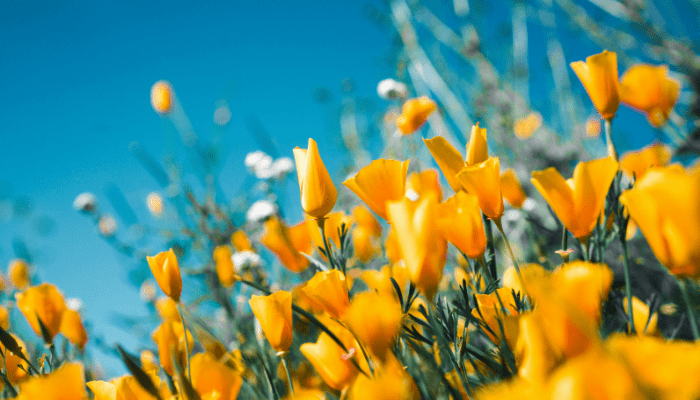
Easy Plants to Grow: Best Vegetables, Fruits, and Flowers for Beginners
Not all plants are fussy. Some practically grow themselves, making them perfect for beginners or anyone who wants a low-maintenance, high-reward garden. If you’re just starting out, choose plants that are hardy, resilient, and forgivingof small mistakes.
Easy Vegetables to Grow
Vegetable gardening doesn’t have to be complicated. These crops germinate quickly, require minimal care, and produce a rewarding harvest:
- Lettuce & Salad Greens – Fast-growing, great for containers, and perfect for continuous harvesting.
- Radishes – Ready to eat in as little as 3-4 weeks. Virtually no effort required.
- Carrots – Just plant and forget. These root veggies do their thing underground.
- Tomatoes (Cherry or Roma) – One of the most rewarding crops. Just give them sun and water.
- Green Beans – A powerhouse producer that thrives in most conditions.
- Zucchini & Squash – Incredibly easy to grow, but beware, they produce a LOT.
- Peppers – Bell peppers and chili peppers thrive in warm weather and need little attention.
Easy Fruits to Grow
Many fruits take years to produce, but these options give you a faster reward:
- Strawberries – Low-maintenance, spread quickly, and can be grown in the ground or pots.
- Raspberries & Blackberries – Hardy, perennial, and practically indestructible.
- Blueberries – Grow well in pots and need little care aside from acidic soil.
- Lemons (Dwarf Varieties) – Perfect for containers; just bring them indoors in winter.
- Fig Trees – Surprisingly easy to grow and require little pruning or care.
Easy Flowers to Grow
Flowers add color, fragrance, and pollinators to your garden. These varieties are tough, beautiful, and bloom with minimal effort:
- Marigolds – Almost impossible to kill, plus they repel pests.
- Sunflowers – Fast-growing giants that thrive in poor soil.
- Zinnias – Low-maintenance and bloom all summer long.
- Pansies – Can handle cool weather and bloom early in spring.
- Lavender – Drought-resistant, smells amazing, and attracts pollinators.
- Cosmos – Self-seeding, meaning they come back year after year.
Pro Tip: Start Small and Build Confidence
It’s tempting to plant everything at once, but start with a few foolproof plants first. As you gain confidence, you can experiment with more challenging varieties. Gardening is about learning through experience, and these plants give you the best chance for success without frustration.
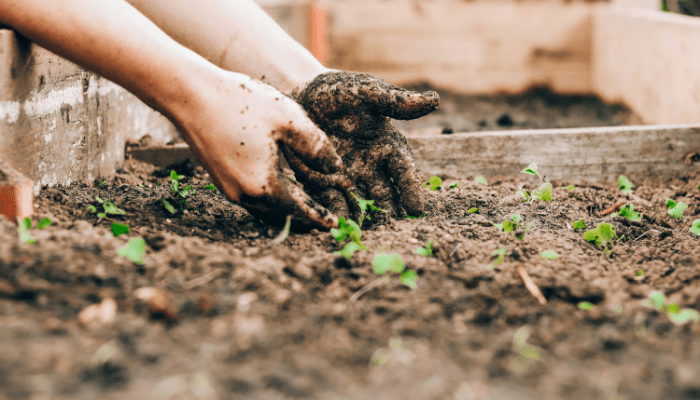
Conclusion
Gardening is part skill, part patience, and part sheer determination. You’re working with living things, and sometimes they’ll surprise you. Some plants will thrive where you least expect them. Others will die despite your best efforts.That’s part of the process.
But here’s what separates good gardeners from frustrated ones: observation, adaptation, and persistence. Watch how your plants respond to sunlight and soil. Adjust your watering routine when the weather shifts. Learn from every failure, because even experienced gardeners kill a plant or two (or ten).
At the end of the day, a garden isn’t just about growing plants. It’s about growing something bigger. Your skills, your connection to nature, and your appreciation for the small, everyday miracles of life.
So start small if you need to. A few pots, a raised bed, a simple herb garden on your windowsill. But start. Because there’s nothing quite like the feeling of growing something with your own hands.
Grow more than a garden. Grow a connection.
At Oásis Biosistema, we design green spaces that nourish people, pollinators, and the planet, from edible gardens to natural ecosystems.
Request your free quote today and let’s create the most beautiful garden you’ve ever seen.
FAQ
What does gardening mean?
Gardening is the practice of growing and caring for plants.
What is the most common mistake of first-time gardeners?
Overwatering plants.
What are the different types of gardeners?
Hobbyist, professional, landscaper, and organic gardeners.
Is gardening a workout?
Yes, it involves physical activity like digging, planting, and lifting.

